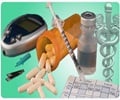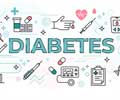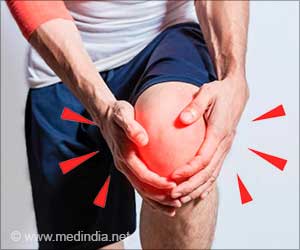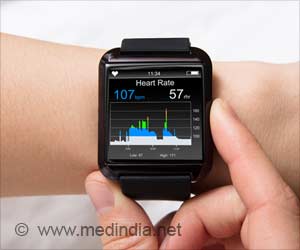Saliva could be used as a novel robust alternative for monitoring diabetes instead of blood, which can be invasive, painful, and costly, reports a new study.
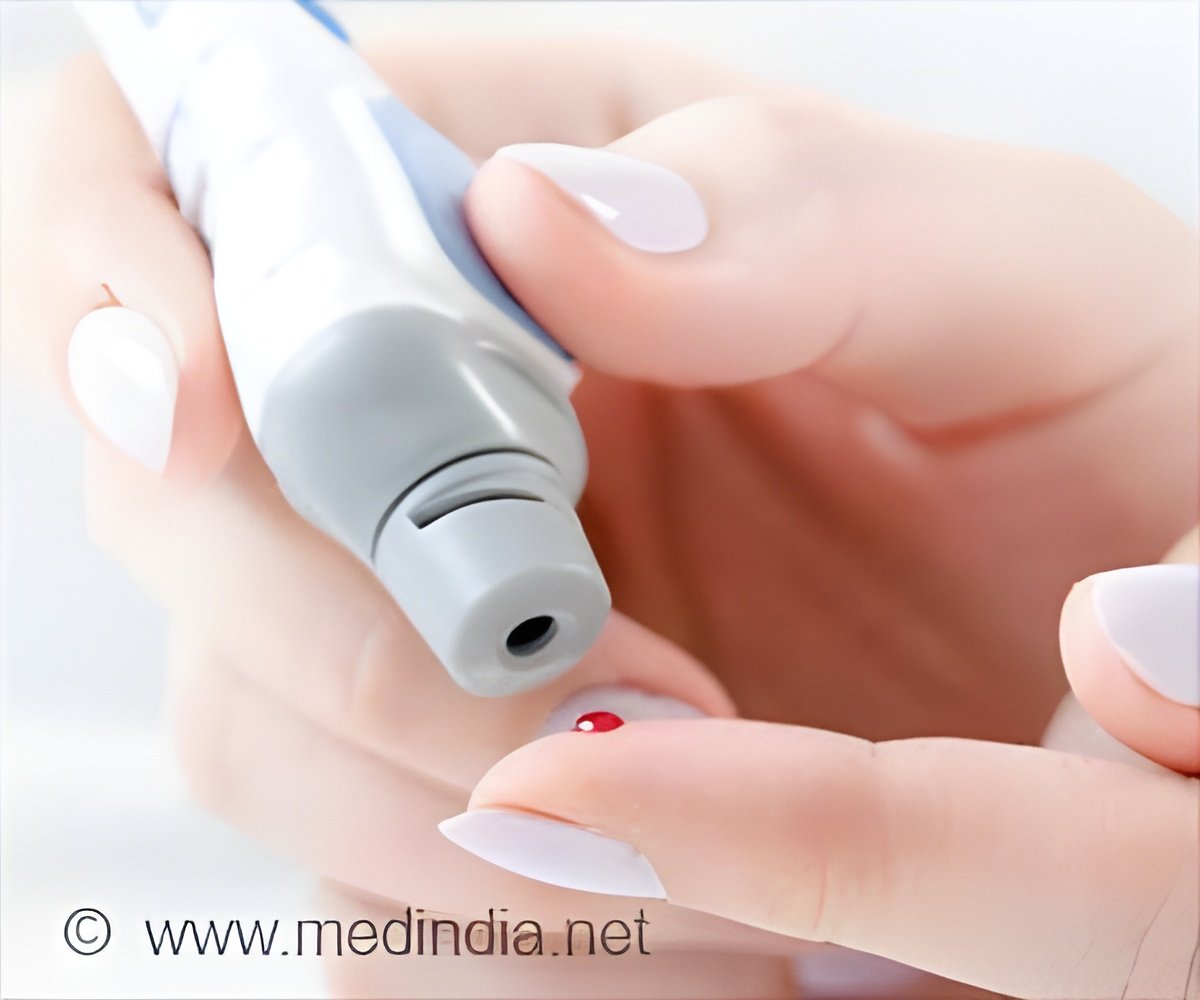
‘Saliva reflects several physiological functions of the body, like emotional, hormonal, nutritional, and metabolic, and so its biomarkers could be an alternative to blood for robust early detection and monitoring of diabetes.
’
Read More..




Lab tests of the saliva process had an accuracy rate of 95.2%. The research shows promising results for monitoring diabetes, which affects an estimated 425 million people worldwide - around half of them undiagnosed. Read More..
It also involved partners at the Federal University of Uberlandia in Minas Gerais, Brazil, the University of Vale do Paraíba in Sao Paolo, Brazil and the University of Saskatchewan in Canada.
Dr. Matthew Baker, a Reader in Strathclyde's Department of Pure and Applied Chemistry and lead researcher in the project, said: "Frequent monitoring of diabetes is essential for improved glucose control and to delay clinical complications related to the condition. Early screening is also paramount in reducing these complications worldwide.
"Blood analysis for screening, monitoring, and diagnosing diabetes is widely practiced but is quite invasive and painful. The constant need of piercing the fingers several times daily for most patients may lead to the development of finger calluses, as well as difficulty in obtaining blood samples; furthermore, not everyone would want to give blood, and there are circumstances in which it could be dangerous.
"Saliva is easy to collect, non-invasive, convenient to store and requires less handling than blood during clinical procedures, while also being environmentally efficient. It also contains analytes with real-time monitoring value, which can be used to check a person's condition."
Advertisement
The lab tests used a scientific system known as Attenuated total reflectance Fourier transform infrared (ATR-FTIR) spectroscopy. This has been used in the diagnosis of several diseases, although its applications in the monitoring of diabetic treatment have begun to emerge only recently. Samples were assessed in three categories - diabetic, non-diabetic and insulin-treated diabetic - and two potential diagnostic biomarkers were identified.
Source-Eurekalert

